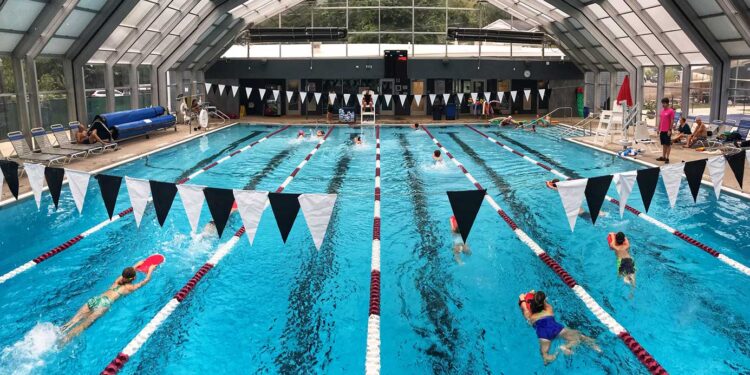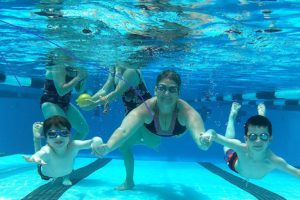International Water Safety Day, held annually on May 15, helps spread drowning awareness and water safety education. In Part 1 of a three-part series, aquatics professionals in the industry share how they implement water safety awareness.
As summer draws nearer, and more kids and their families are visiting the pool, the industry as a whole places a heavier emphasis on water safety awareness and precautions.
At the Asheville Jewish Community Center, in Asheville, North Carolina, clear and defined guidelines for pool behaviors are listed around the facility, and hard copies are printed out and handed to members as a reference. In addition to signage, they hold water safety instruction workshops to educate their young members.
“We implement it with our students as part of their education around water, not only with swimming, but what the precautions are when in a pool area,” said Wendy Lawrence, the aquatics and wellness director at the Asheville JCC. “We even include simple ones for young kids like ‘no running at the pool’ and ‘too much sun is no fun.’”
Lawrence utilizes many of the American Red Cross guidelines as well, including asking parents to always be within visual rangeof their child. One often overlooked lesson she covers with her younger students is teaching them about how to accept help if and when needed. “I work on teaching students how to hold onto the rescue tube and to be pulled back in to safety,” she described.
Through offering these courses, she has learned some of the water fears of her younger students and found ways to overcome them. For example, Lawrence explained how a young girl who was already very familiar around water was afraid to grab onto a rescue tube because she was unfamiliar with the lifeguard who was pulling her in.
“One of the things I do is introduce my students to the lifeguards who are at my facility so they know if they ever need help or if these people are coming in for them, they know these are OK people who are helping them,” explained Lawrence. “We’re making them alert of their surroundings and, obviously, in an age appropriate manner.”
One suggestion Lawrence offered to promote water safety for younger members at any facility is to host a water safety day with a scavenger hunt. “For example, ask where the first aid kit is, the rescue tubes, where a lifeguard sits and how often to put on sunscreen,” she said. “Have that facilitated by the adults so they are modeling this behavior to the younger kids.”











